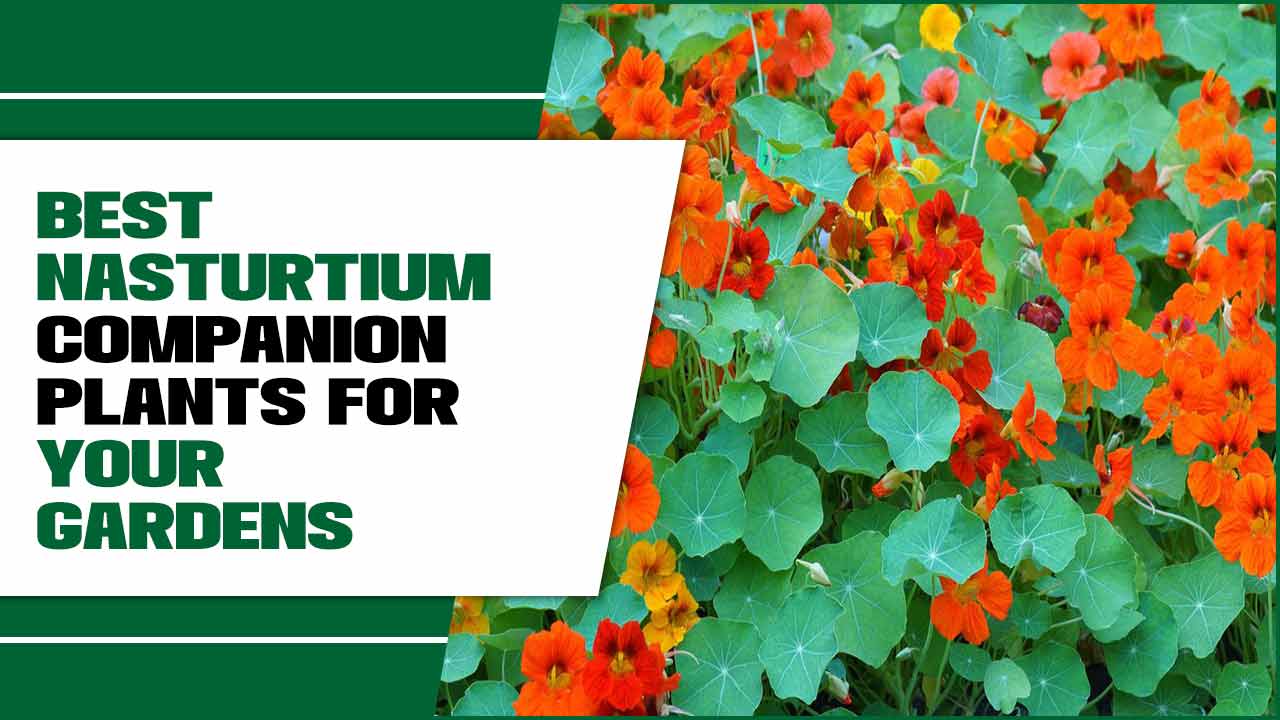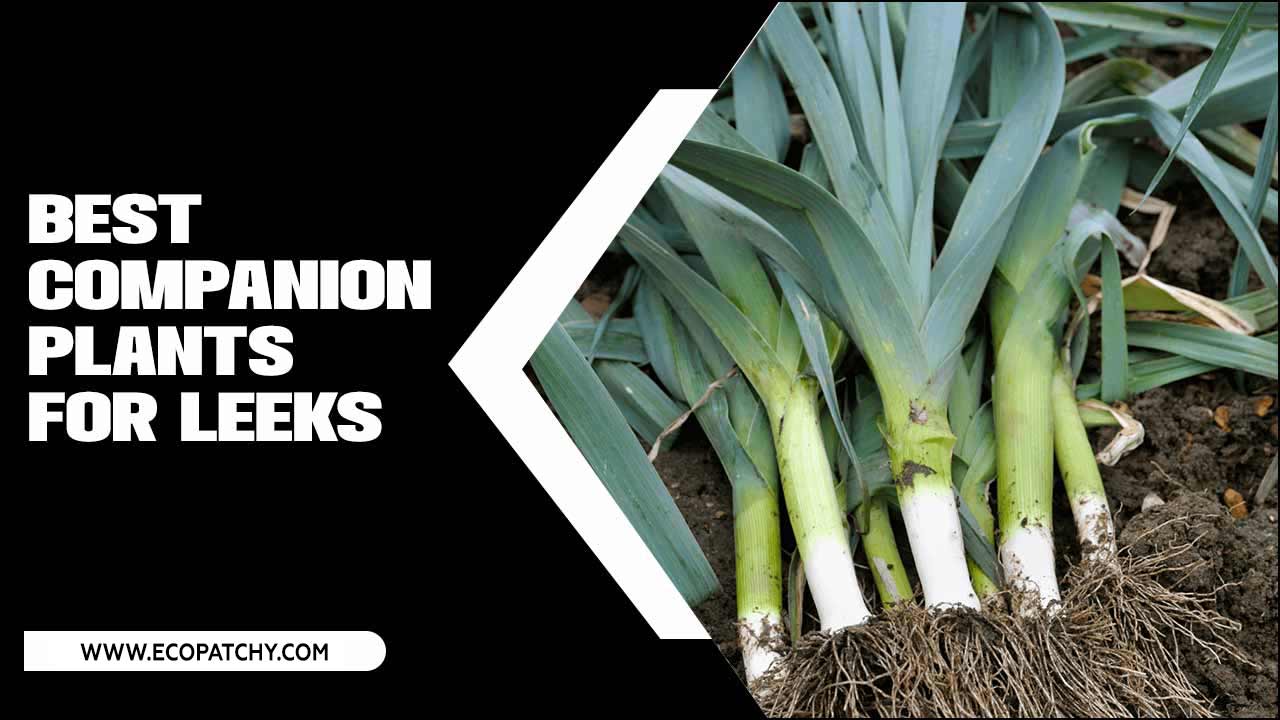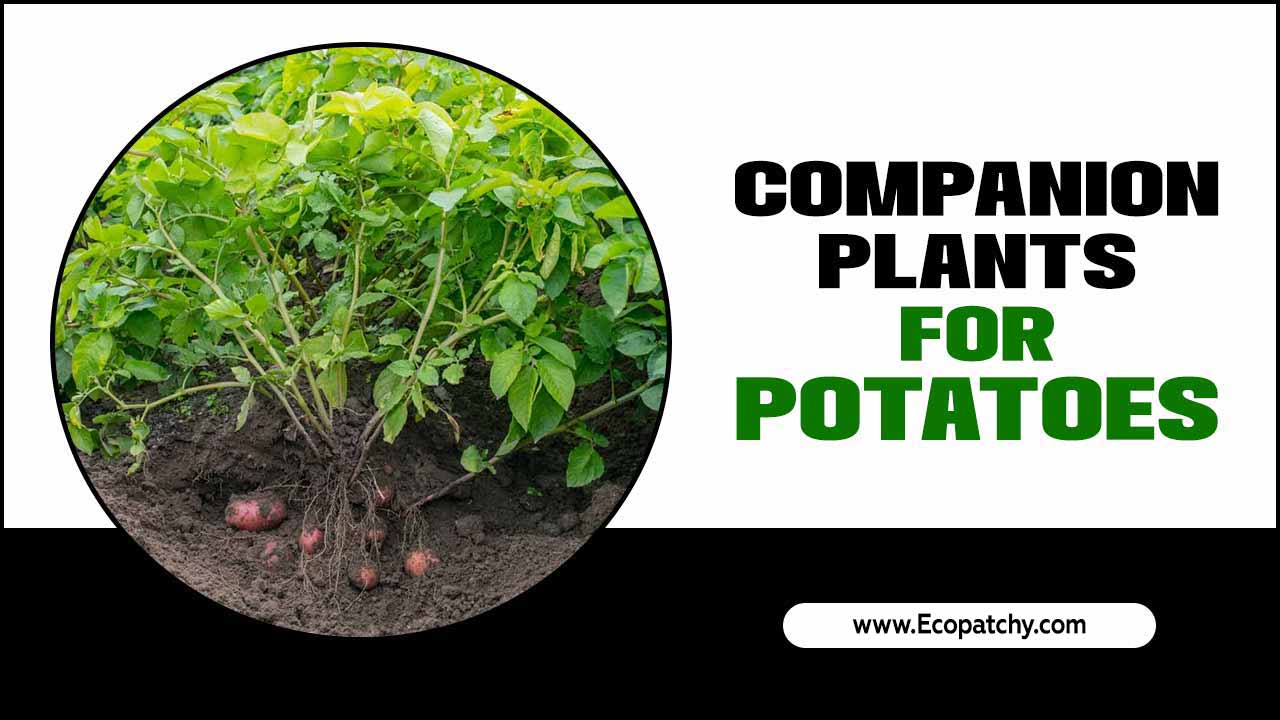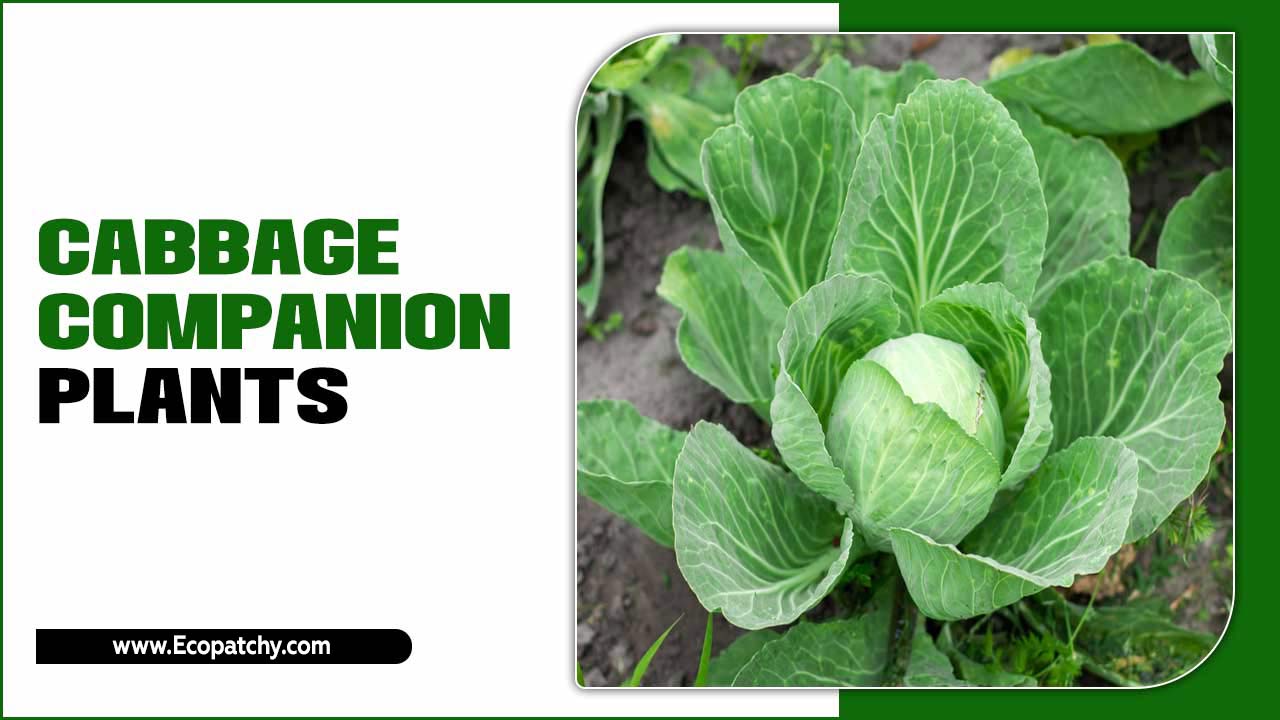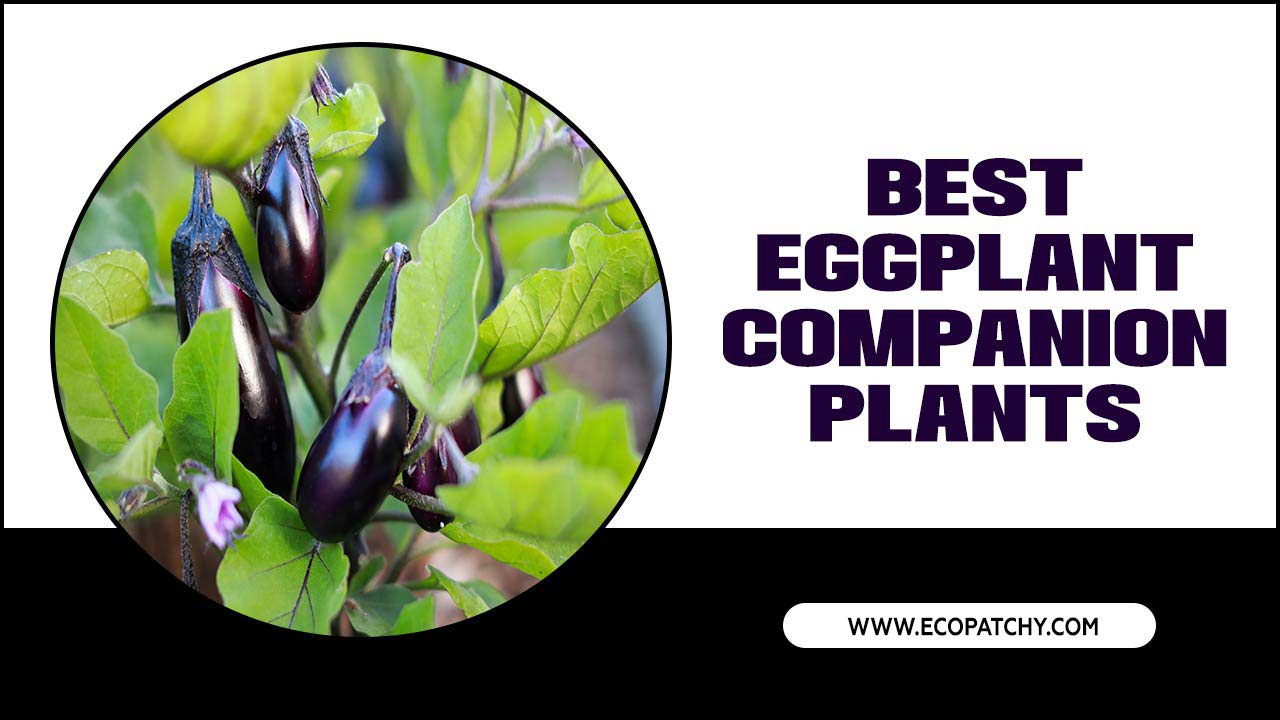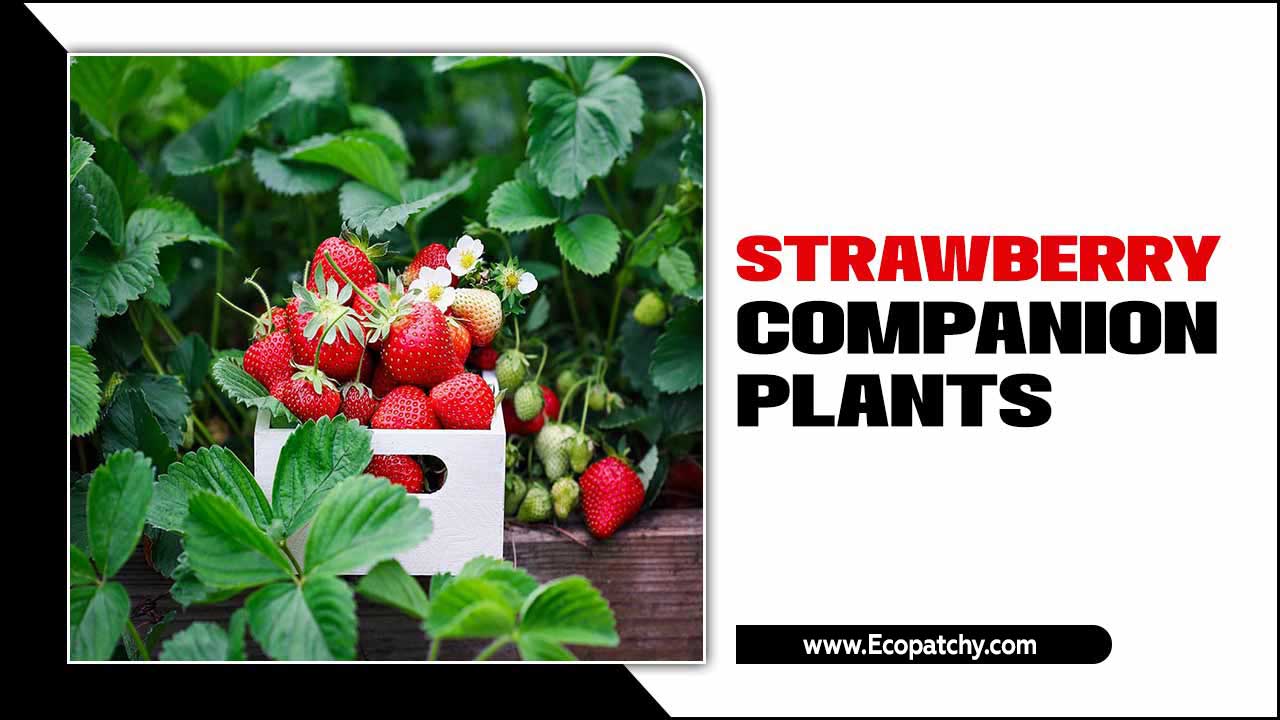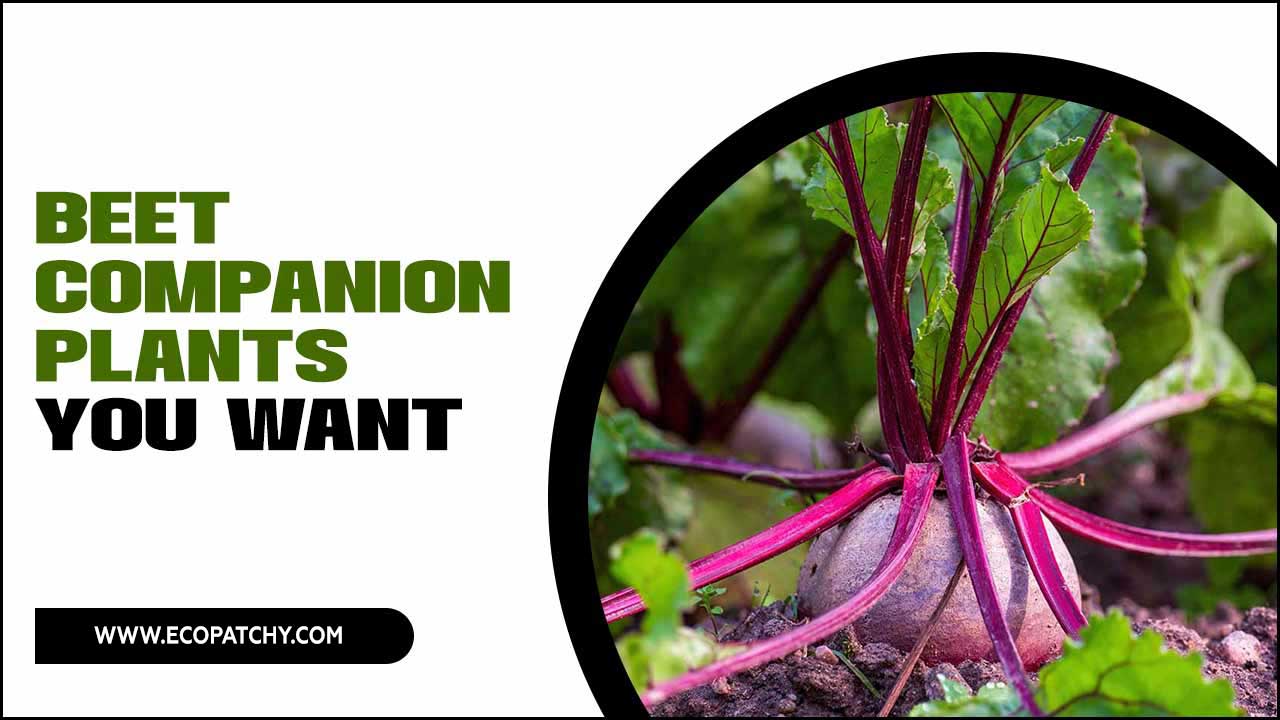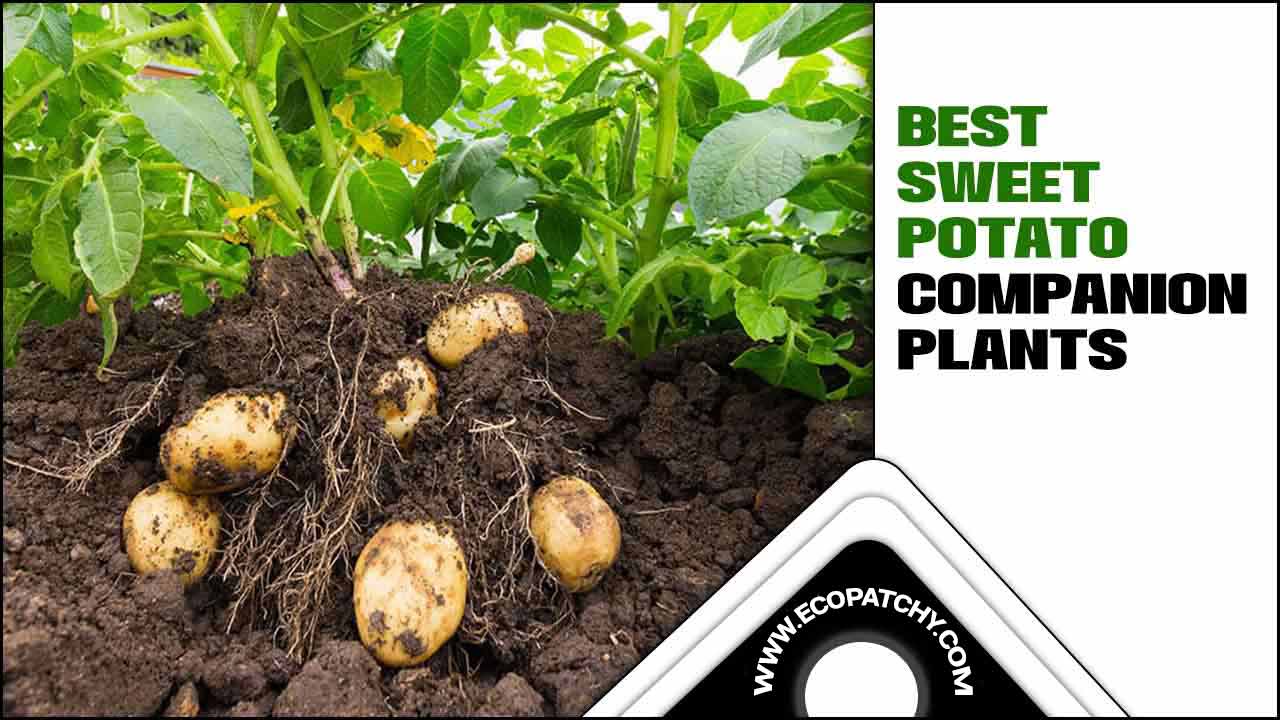Gardeners have long used companion planting to increase their gardens’ productivity and overall health. This ancient practice involves strategically planting certain plants based on their beneficial relationships and characteristics to create a harmonious and thriving ecosystem.
With the increasing popularity of organic gardening and sustainable living, companion planting has again gained attention as a natural and effective way to produce higher yields and maintain healthier gardens. We will delve into companion planting for higher yields and healthier gardens, explore its various benefits, and provide practical tips for implementing this technique in your garden.
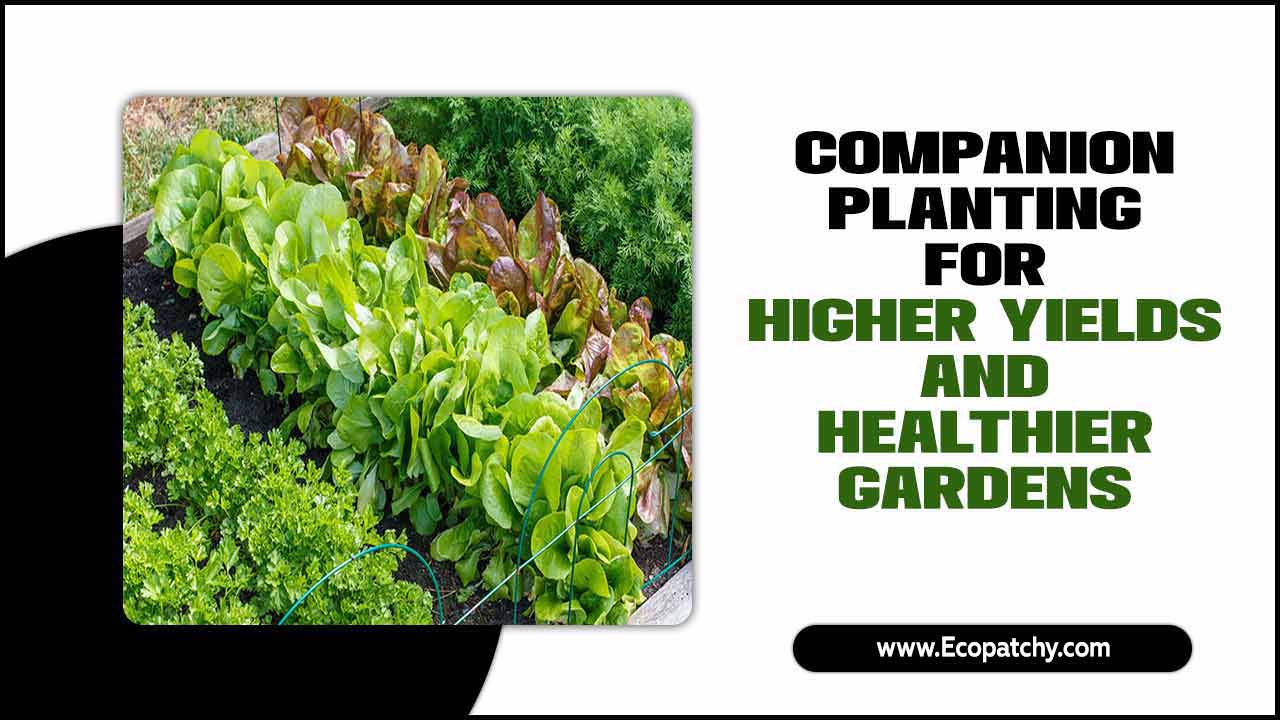
What Is Companion Planting?

Companion planting is an age-old gardening technique that involves strategically growing certain plants together to maximize their benefits and enhance overall garden productivity. It is a practice rooted in the understanding that certain plants can support and protect each other, leading to healthier crops and reduced pest and disease infestations.
Gardeners can create a harmonious ecosystem within their garden beds by carefully selecting and pairing compatible plants. Companion planting revolves around the principle of symbiotic relationships between plants. Some plants, known as “companions,” can repel pests, attract beneficial insects, provide shade or support, or enhance soil fertility.
Companion Planting For Higher Yields And Healthier Gardens – Farming Guide
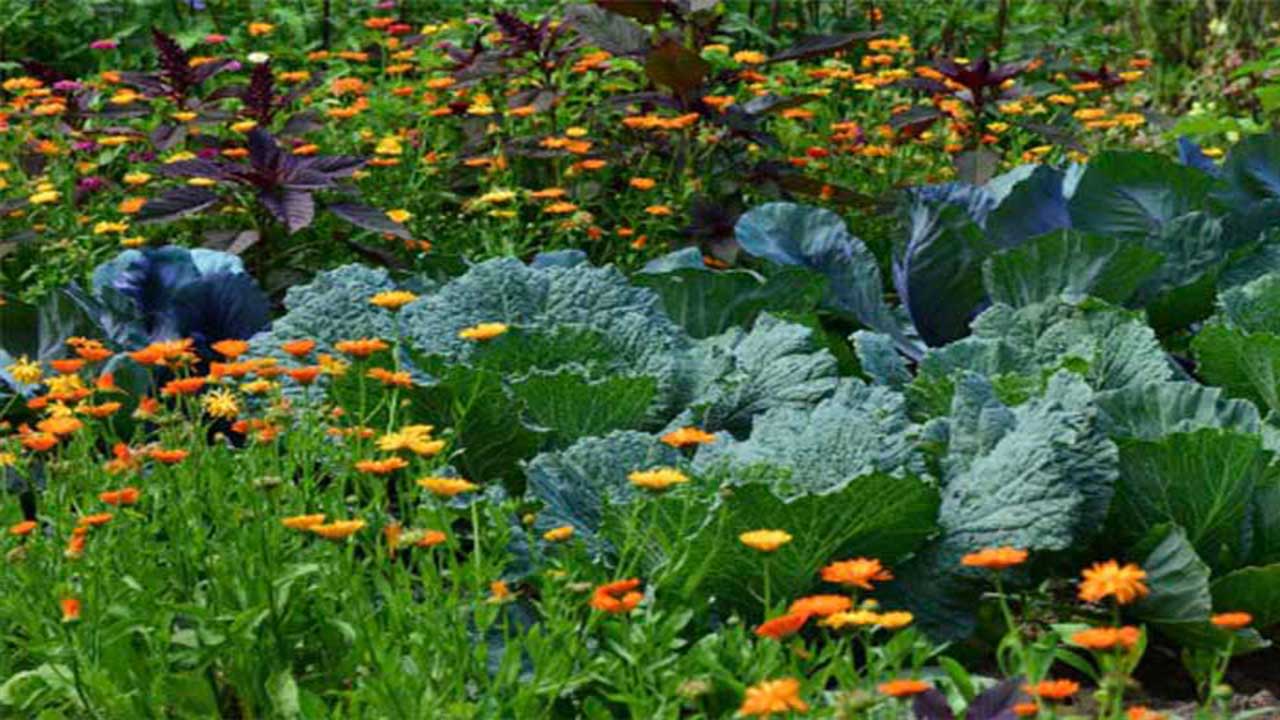
Companion planting is a widely recognized practice among experienced gardeners that involves strategically pairing certain plants together to promote higher yields and create healthier gardens. Gardeners can harness the natural synergies between different species by carefully selecting compatible plant combinations to maximize their growth and overall vitality.
Companion planting is rooted in the understanding that certain plants benefit each other when grown nearby, while others may inhibit growth or attract pests. Here we will discuss companion planting for higher yields and healthier gardens.
Garden Vegetables And Their Companion Plants
Knowing which companion plants to pair them with can make all the difference in cultivating a thriving garden filled with delicious vegetables. Companion planting is strategically placing plants together in a garden to benefit each other through natural pest control, enhanced pollination, and improved nutrient absorption. Garden vegetables, such as Asparagus, Beans, and Beets, can greatly benefit from the presence of certain companion plants.
Asparagus
Asparagus, a highly nutritious and versatile garden vegetable, is popular among home gardeners. Its vibrant green spears add a touch of elegance to any dish and pack a punch of essential vitamins and minerals. To ensure the successful growth of asparagus, it is essential to understand its companion plants and their beneficial effects.
One ideal companion for asparagus is tomatoes. This dynamic duo complements each other in terms of flavour and helps deter pests. Tomatoes release a natural chemical called solanine, which acts as a natural insect repellent for asparagus.
Beans
In gardening, beans have long been cherished for their versatility and nutritional value. These legumes not only thrive in a variety of climates but also offer numerous health benefits. However, to maximize the growth and yield of beans, it is essential to understand the concept of companion planting.
Companion plants have a mutually beneficial relationship with one another, either by enhancing growth or deterring pests. Beans and several garden vegetables make excellent companions. One such companion plant for beans is corn. Corn provides a natural trellis for bean vines to climb, reducing the need for additional support structures.
In turn, beans fix nitrogen in the soil, benefiting the corn by providing a nutrient boost. Another ideal companion for beans is lettuce. The leafy greens act as a living mulch, shading the soil and retaining moisture, which helps to prevent weed growth and conserve water.
Beets
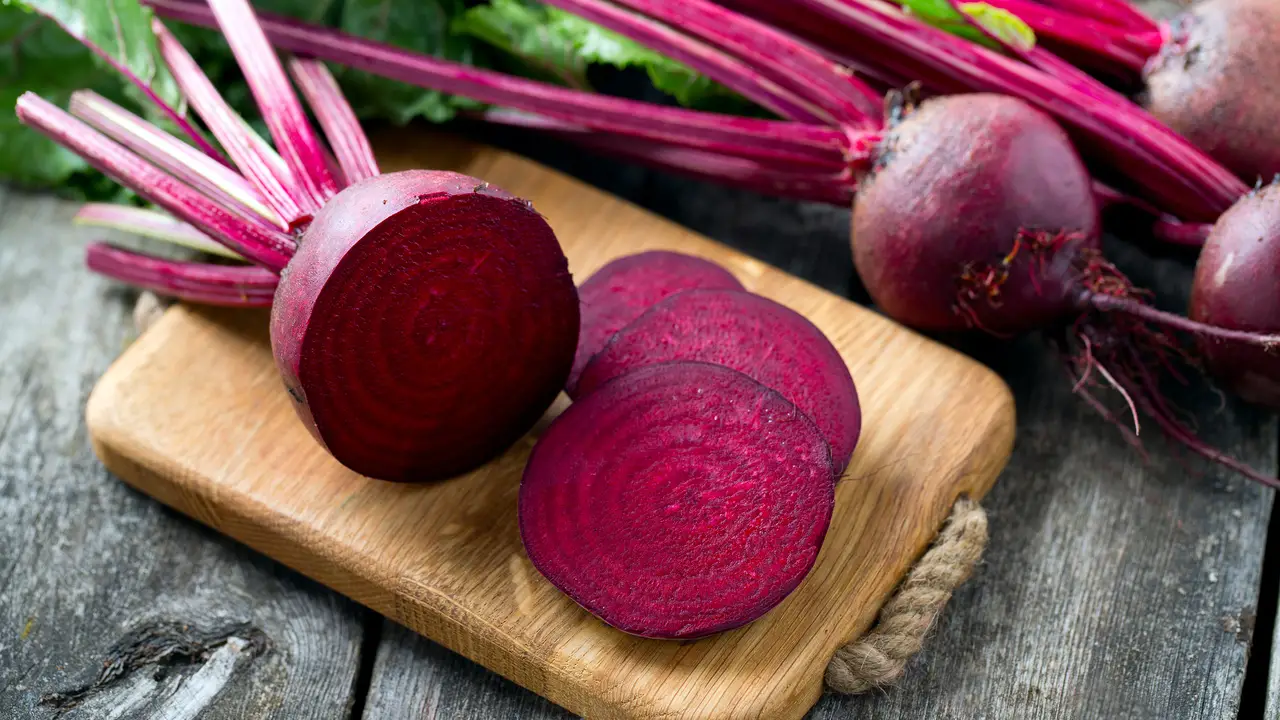
Regarding garden vegetables, beets are a versatile and nutritious option. These root vegetables pack a punch of flavour and essential nutrients. Beets can be grown in various climates and are relatively easy to cultivate, making them popular for home gardeners.
One important aspect of successfully growing beets is understanding their companion plants. Companion planting involves strategically placing plants together to enhance growth and prevent pests. In the case of beets, several plants can be beneficial companions. One such companion plant for beets is garlic. The pungent odour of garlic is a natural deterrent for a range of pests that could potentially harm the beets.
Broccoli & Cauliflower
Broccoli and cauliflower are two popular garden vegetables known for their nutritional value and versatility in cooking. These cruciferous vegetables belong to the Brassica family and thrive in cool weather conditions. When growing these plants, it is important to consider companion planting for optimal growth and pest control.
One great companion plant for broccoli and cauliflower is the marigold. Marigolds release a natural chemical called limonene, which repels pests such as aphids and whiteflies. Additionally, marigolds attract beneficial insects like ladybugs, which feed on harmful pests, further protecting the garden.
Additional Members Of The Cabbage Family
As an esteemed agricultural consultant, I would like to shed light on some lesser-known members of the cabbage family that are worth considering for cultivation. While the typical cabbage varieties, such as green cabbage and red cabbage, are widely popular and commercially cultivated, a few additional members possess unique characteristics and nutritional benefits.
One such member is kale, a leafy green vegetable that has gained significant popularity in recent years due to its high nutrient content, particularly vitamins A, C, and K. Kale’s distinct curly leaves and robust flavour make it a versatile ingredient in various dishes, including salads, stir-fries, and smoothies. Its resistance to cold temperatures makes it an ideal choice for winter gardening.
Carrots

Carrots, a popular root vegetable, belong to the Apiaceae family. This family, commonly known as the carrot family, is also home to various other members, including celery, parsley, and parsnips. These additional cabbage family members share certain characteristics and nutritional benefits with carrots, making them important components of a well-rounded diet.
Carrots, known for their vibrant orange colour, are packed with essential nutrients and are a rich source of beta-carotene, fibre, and vitamin K1. They are also low in calories, making them a healthy choice for individuals aiming to maintain a balanced diet. Similarly, celery, another member of the cabbage family, offers a crisp texture and a distinct flavour.
Corn

Corn, a staple crop in many agricultural systems, belongs to the grass family and is crucial in global food production. With its versatility and nutritional value, corn has become a significant component of various cuisines and food products.
However, it is important to note that corn is not the only member of the family that is beneficial to our diets. There are also additional members of the cabbage family that offer unique flavours and nutritional benefits.
Cucumbers
Cucumbers are a commonly consumed vegetable that belongs to the Cucurbitaceae family. They are known for their refreshing taste and high water content, making them a popular choice for salads, sandwiches, and pickling.
However, it is worth noting that cucumbers are not the only members of the Cucurbitaceae family that are widely consumed. Several other vegetables belong to the same family, such as zucchini, pumpkin, and various types of squash.
These vegetables share similar characteristics with cucumbers, including their shape, texture, and nutritional profiles. Like cucumbers, these additional members of the cabbage family are rich in vitamins and minerals, particularly vitamin C and vitamin K. They are also low in calories and dietary fibre, making them a healthy addition to any diet.
Garlic
Garlic, a pungent and flavorful herb, is a member of the Allium family and has long been valued for its culinary and medicinal properties. With its distinct aroma and taste, garlic has become a staple ingredient in many cuisines worldwide. Apart from its culinary uses, garlic also offers numerous health benefits.
It is known to have antibacterial, antiviral, and antifungal properties, making it a popular choice for natural remedies. Additionally, garlic contains high levels of antioxidants, which help boost the immune system and reduce the risk of chronic diseases.
Lettuce

Lettuce, a versatile and nutritious leafy green, belongs to the botanical family known as Asteraceae. This family includes many plants valued for their culinary and medicinal properties. Among the additional members of the cabbage family are cabbage itself, along with kale, broccoli, cauliflower, and Brussels sprouts. These vegetables share common characteristics such as thick leaves, compact heads, and high nutritional value.
Onions, Leeks, Shallots, And Chives
Onions, leeks, shallots, and chives are additional cabbage family members known for their culinary versatility and distinct flavours. These vegetables, belonging to the Allium genus, are widely used in cuisines worldwide, adding depth and complexity to a wide range of dishes.
With their pungent and sweet taste, onions are an essential ingredient in countless recipes, from soups and stews to stir-fries and sauces. They come in various varieties, including red, yellow, and white, each with its unique flavour profile.
On the other hand, Leeks offer a milder and sweeter taste, making them a popular choice for soups and sautés. Their long, cylindrical shape and delicate texture make them versatile ingredients in cooked and raw preparations.
Peppers
Peppers, also known as bell peppers or capsicum, are versatile garden vegetables that add a burst of flavour to our dishes and offer many health benefits. These vibrant and crunchy vegetables are rich in vitamins A and C and antioxidants that promote overall well-being.
To maximize the growth and yield of peppers, it is crucial to consider their companion plants, which can provide mutual benefits in terms of pest control, nutrient uptake, and enhanced growth. One excellent companion plant for peppers is basil.
This aromatic herb not only complements the flavour of peppers in culinary dishes but also acts as a natural repellent for aphids, spider mites, and other common pests that can damage pepper plants.
Spinach
A nutritious leafy green, Spinach is a versatile and widely enjoyed garden vegetable. Its vibrant green leaves are packed with essential vitamins and minerals, making it a popular choice for health-conscious individuals. To maximize the growth and flavour of spinach, it is important to consider its companion plants.
Tomatoes
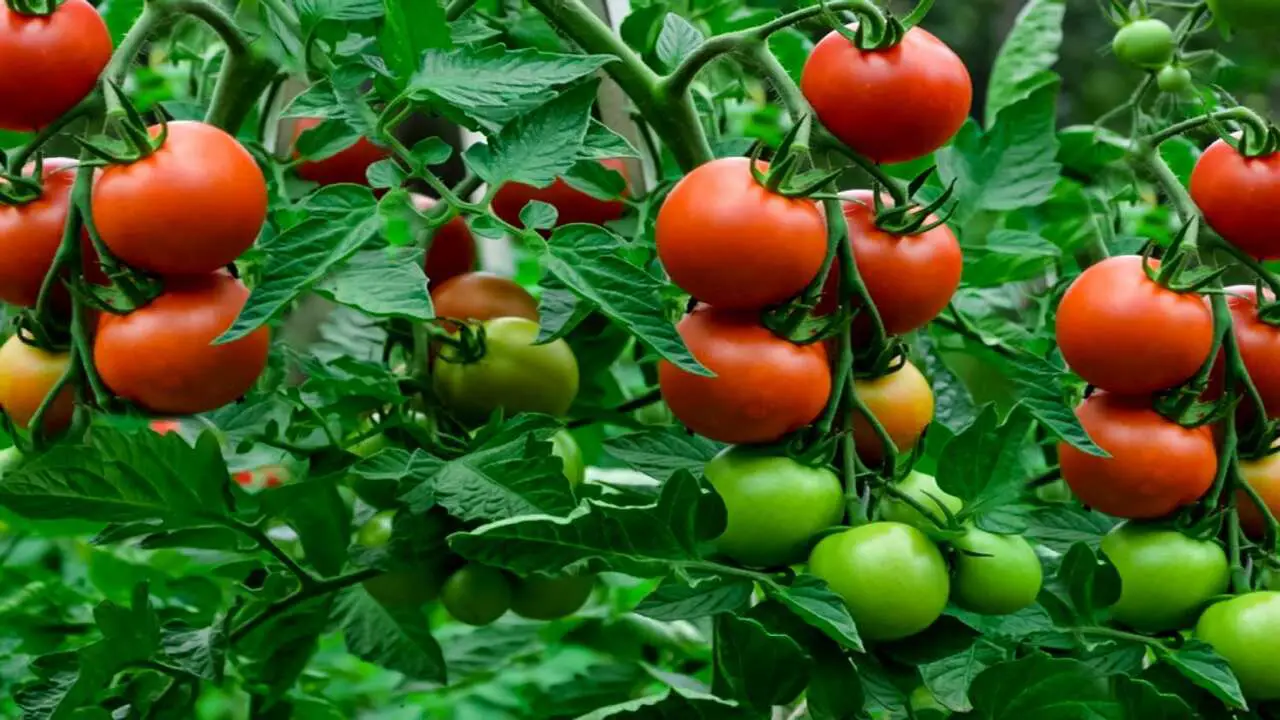
Tomatoes are among the most popular garden vegetables, valued for their versatile culinary uses and nutritional benefits. These vibrant red fruits are packed with vitamins, minerals, and antioxidants, making them a staple in many households.
When growing tomatoes, choosing the right companion plants is essential for optimal growth and productivity. One of the most beneficial companion plants for tomatoes is basil. This aromatic herb enhances the flavour of tomatoes when used together in recipes and acts as a natural insect repellent. The strong scent of basil helps deter pests like aphids and hornworms, protecting the delicate tomato plants from damage.
Flowers To Plant In The Garden As Companions
When planning your garden, it is essential to consider the concept of companion planting. This technique involves strategically placing different plant species together to enhance their growth and ward off pests. One category of plants that can greatly benefit your garden as companions is flowers.
Flowers add beauty and colour to your garden and can serve as natural allies to certain vegetables and herbs. One excellent choice for companion flowers is marigolds. These vibrant and hardy flowers can repel harmful insects, such as aphids and nematodes, that can damage your crops. Planting marigolds alongside vegetables like tomatoes or cucumbers can create a natural barrier against these pests.
Sunflowers

Sunflowers are a popular choice for gardeners looking to enhance the beauty and functionality of their outdoor spaces. These vibrant and iconic flowers add a splash of colour to any garden and serve as excellent companions to various other plants.
Sunflowers can benefit neighbouring plants and contribute to a thriving and harmonious garden ecosystem when strategically placed. One of the key advantages of planting sunflowers as companions is their ability to attract beneficial insects. Their large, vibrant blooms act as beacons, attracting pollinators such as bees and butterflies, crucial for the successful reproduction of many plants.
Nasturtiums
Nasturtiums are a versatile and vibrant addition to any garden landscape. These beautiful flowers, with their rich hues of red, orange, and yellow, add a touch of aesthetic appeal and serve as valuable companions for other plants in the garden.
Nasturtiums attract beneficial insects like ladybugs and bees, which are crucial in pollination and pest control. Their attractive flowers also act as a magnet for butterflies, creating a delightful and colourful spectacle in the garden.
Geraniums
Geraniums are a popular choice of flowers to plant in the garden as companions to other plants. Known for their vibrant colours and aromatic scent, geraniums add beauty to the garden and provide numerous benefits to their neighbouring plants. With their ability to attract pollinators like bees and butterflies, geraniums help in the natural process of pollination, ensuring a healthy and thriving garden ecosystem.
Marigolds

Marigolds are vibrant and versatile flowers that make excellent companions in the garden. Their bright colours and unique scent add beauty and charm to any outdoor space. These flowers are not only visually appealing, but they also serve a practical purpose by repelling certain pests and attracting beneficial insects.
Regarding companion planting, marigolds are highly regarded for their ability to deter harmful insects, such as aphids and nematodes. Their strong aroma is a natural repellent, keeping these pests away from neighbouring plants.
Cosmos
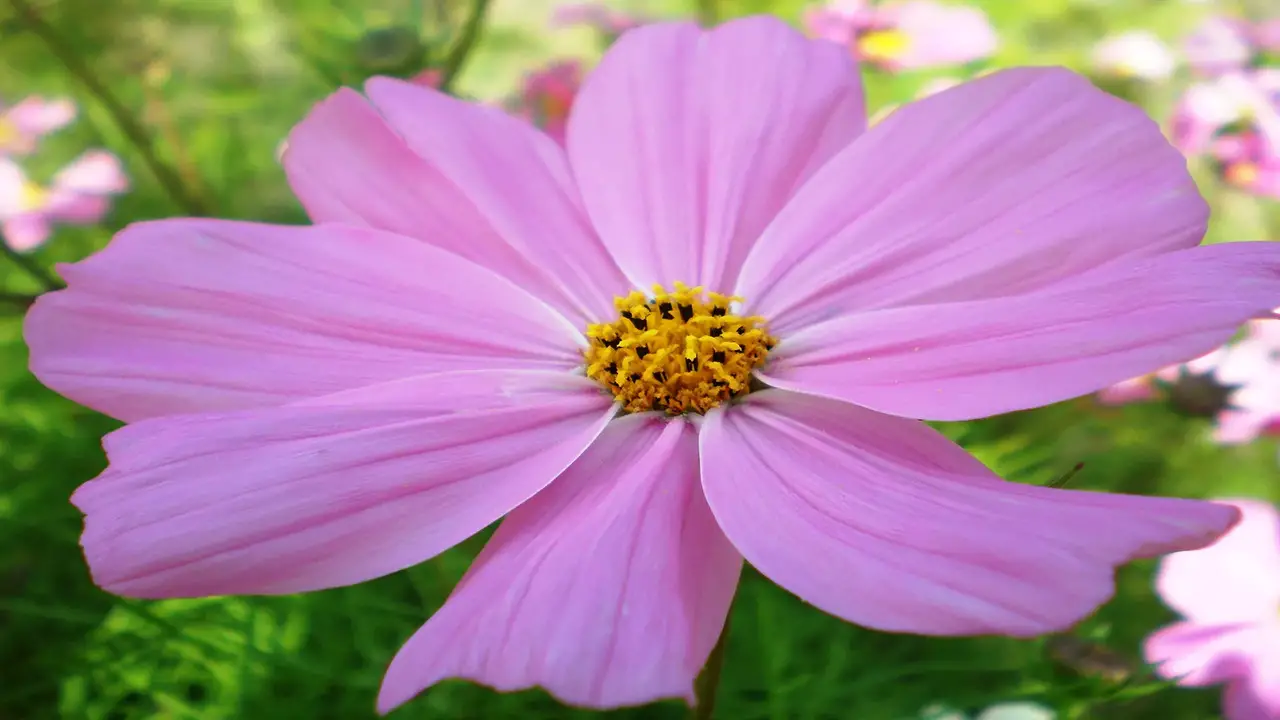
When planning a garden, it is important to consider not only the aesthetic appeal but also the functionality of the space. One way to enhance the health and vitality of your garden is by planting companion flowers. Cosmos is an excellent choice for this purpose.
Known for its vibrant colours and delicate petals, the cosmos is visually appealing and offers several benefits to neighbouring plants. Cosmos is a low-maintenance flower that thrives in full sun and well-drained soil. Its tall and slender stems add a vertical element to the garden, creating a sense of height and structure.
Herbs To Plant In The Vegetable Garden
When planning your vegetable garden, it is essential to consider incorporating herbs into your planting scheme. Herbs not only add a burst of flavour to your culinary creations but also offer numerous health benefits. One herb that should be at the top of your list is basil.
This versatile herb complements various dishes, from pasta sauces to salads. Its aromatic leaves are rich in antioxidants and have antibacterial properties. Another must-have herb is rosemary, known for its distinct pine-like fragrance and robust flavour. Rosemary pairs well with roasted vegetables and grilled meats; its leaves can infuse oils and vinegar.
Basil

Basil is undoubtedly one of the most popular herbs to plant in the vegetable garden. With its vibrant green leaves and distinct aroma, basil adds flavour and visual appeal to any dish. This versatile herb is a staple in Mediterranean and Italian cuisines, used in everything from pesto sauces to caprese salads. Planting basil in your vegetable garden is both a practical choice and a rewarding one.
Mint

Regarding cultivating a bountiful vegetable garden, incorporating herbs can be a game-changer. One herb that deserves a place of honour in every garden is mint. Known for its aromatic fragrance and refreshing taste, mint brings flavour to culinary delights and beverages.
Whether used in salads, teas, or cocktails, this versatile herb is a must-have for any aspiring chef or mixologist. Planting mint in the vegetable garden offers numerous benefits. Firstly, its strong scent is a natural deterrent for pests, helping to protect the nearby vegetables from potential damage.
Catnip
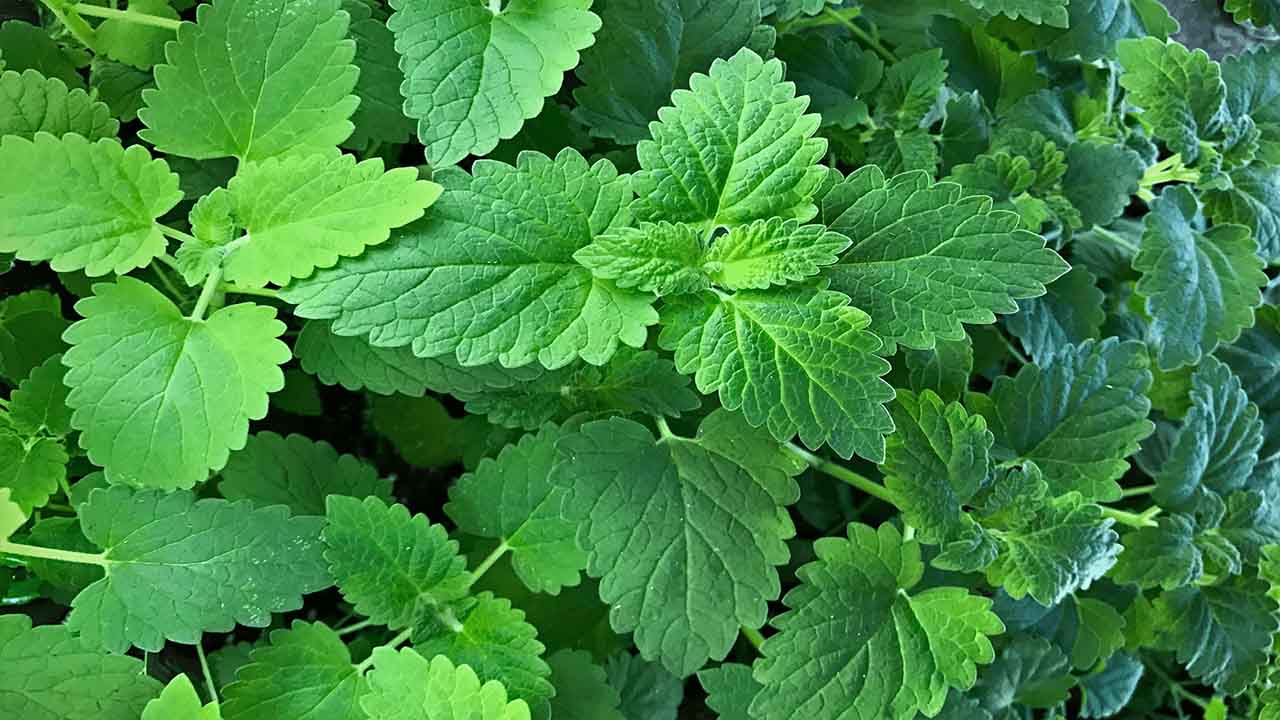
When planning your vegetable garden, it’s essential to consider the crops you’ll be growing for consumption and the complementary plants that can enhance your garden’s overall health and biodiversity. One such herb that deserves a spot in every vegetable garden is catnip.
Catnip (Nepeta cataria) is a versatile and easy-to-grow herb with numerous benefits. Known for its stimulating effect on cats, catnip is a member of the mint family and has been used for centuries for various purposes.
Rosemary, Thyme, Oregano, And Sage
When planning a vegetable garden, it is essential to consider the vegetables themselves and the complementary herbs that can enhance the flavours and aromas of our dishes. The top choices for herbaceous additions are rosemary, thyme, oregano, and sage.
These four herbs are versatile in culinary applications and relatively easy to cultivate. With its distinctive aroma and pine-like flavour, Rosemary is a popular choice for adding depth to roasted meats and vegetables.
It thrives in well-drained soil and requires ample sunlight, making it ideal for a sunny garden spot. Thyme, another staple herb, offers a subtle, earthy flavour that pairs well with various dishes.
Borage
Borage is an excellent herb to plant in the vegetable garden due to its numerous benefits and culinary uses. Known for its vibrant blue flowers and hairy leaves, borage adds a touch of beauty to any garden while also serving as a valuable companion plant.
This versatile herb attracts beneficial insects like bees and butterflies and helps deter harmful pests, making it an ideal addition to any organic gardening system. One of the primary reasons to include borage in the vegetable garden is its ability to enhance soil fertility. Borage has deep roots that penetrate the soil, breaking up compacted areas and improving drainage.
Companion Planting Benefits

Companion planting, an organic and sustainable gardening practice, offers many benefits for gardeners and their crops. This strategic approach involves pairing plants that complement and support each other’s growth and well-being. The benefits derived from companion planting extend beyond mere aesthetics and contribute to the overall health and productivity of the garden.
- Natural Pest Control: Companion planting can help repel pests by using certain plants that naturally deter insects or attract beneficial insects that feed on pests.
- Enhanced Pollination: Some companion plants attract pollinators like bees and butterflies, increasing the chances of successful pollination for plants that require it.
- Improved Soil Fertility: Certain plants can fix nitrogen, providing essential nutrients for neighbouring plants. This helps improve overall soil fertility.
- Weed Suppression: Companion plants with dense foliage can help suppress weed growth, reducing the need for manual weeding or herbicides.
- Space Optimization: Pairing tall plants with shorter ones can help maximize space in the garden, allowing for more plants to be grown in a limited area.
- Enhanced Flavour And Aroma: Some companion plants can enhance the flavour and aroma of neighbouring plants. For example, growing basil near tomatoes can improve the taste of the tomatoes.
Conclusion:
Companion planting is a valuable technique for improving the health and productivity of your garden. By strategically choosing which plants to grow next to each other, you can encourage beneficial relationships that lead to higher yields and healthier plants.
Whether you are a novice gardener or a seasoned pro, incorporating companion planting into your gardening practices can positively impact your harvest. So experiment with different combinations of plants to see which ones work best for your garden, and enjoy the benefits of companion planting. We hope you understand companion planting for higher yields and healthier gardens if you read the above outline properly.
FAQ
1.What Is Companion Planting, And How Does It Contribute To Higher Yields In Gardens?
Ans: Companion planting is planting certain crops together to benefit each other’s growth. It helps maximize space, control pests, and improve soil fertility, ultimately leading to higher garden yields.
2.Can You Give Examples Of Beneficial Companion Plant Combinations?
Ans: Some common examples include planting marigolds with tomatoes to repel pests, planting basil with peppers to enhance flavour, and planting beans near corn to provide nitrogen for the corn’s growth.
3.How Does Companion Planting Contribute To Healthier Gardens?
Ans: Companion planting helps create a balanced ecosystem in the garden, reducing the risk of pests and diseases. It also improves soil health by promoting nutrient cycling and enhancing beneficial microbial activity.
4.Which Plants Are Good Companion Plants For Higher Yields And Healthier Gardens?
Ans: Some popular companion plants include marigolds to repel pests, basil to improve the flavour of tomatoes, and beans to fix nitrogen in the soil. Other beneficial combinations include planting carrots with onions and planting lettuce with radishes to maximize space and deter pests.
5.Are There Any Plants That Should Not Be Grown Together As Companions?
Ans: Yes, certain plants may negatively affect each other when grown together. For instance, potatoes and tomatoes should be avoided as companions due to their susceptibility to similar diseases. Additionally, some plants can compete for resources, so it’s important.

